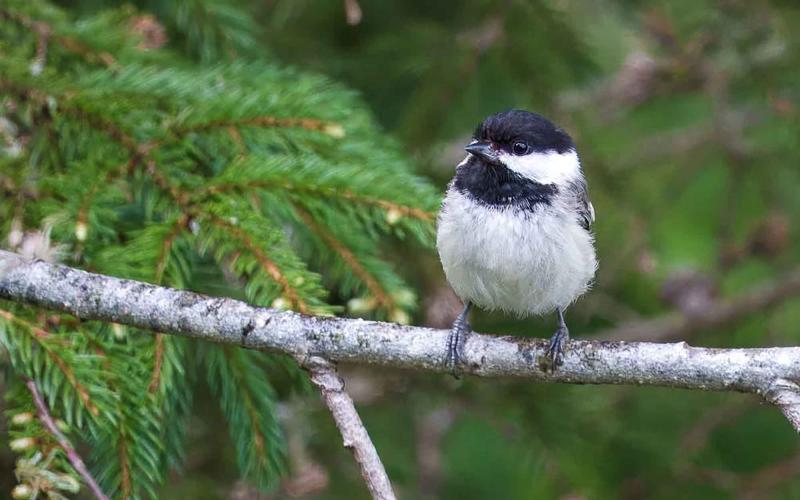Drought is a common concern across the region this summer affecting landscapes in many ways but probably most noticeably in its impact on lawns. Cool season grasses are particularly vulnerable to drought stress when it is accompanied by high temperatures, as we have often had since late spring and into the summer. Watering restrictions have already been imposed in many communities which limit some of the options that home owners have who want to keep their lawns green.
Symptoms

It is important to keep in mind that even though a lawn turns brown, it is often a temporary condition. Cool season grasses, like Kentucky blue grass, will routinely go into a dormant-like condition when water is lacking and temperatures are high. Often lawns are made up of several different cultivars or species of grass so a drought stressed lawn may also have a patchy appearance (Figure 1). Individual grass plants can recover and green up again, once the plants get sufficient water. The crown of the plant can remain alive for up to three weeks without any water. Then, as little as 0.2” of rainfall or irrigation can rehydrate the crowns and help to keep them alive. That amount of water will not turn your lawn green again, but it will allow it to survive until greater rainfall and cooler temperatures return later in the summer and fall.
Watering
If you decide that you are going to water your lawn, infrequent, deep watering is the most beneficial. This will help to allow deeper penetration of the water into the soil profile which will in turn encourage deeper rooting that will help to avoid further water stress. Frequent, shallow watering encourages roots to stay near the soil surface where they can dry out quickly. Generally cool season grasses need about 1” of water per week for best growth which is ideally applied in one or split between two applications per week.
Mowing
Home owners have other cultural treatments to help their lawns survive heat and drought stress. One of those is to raise mowing height to at least 3.5”. While this may seem quite tall, plant grass height is often proportional to the depth of rooting. If grass plants have roots that penetrate more deeply into the soil, they are able to access water that is deeper in the soil. The roots will also have access to more nutrients in the soil profile as well.
Fertilizer & Herbicide Treatments
Avoid applying fertilizer to a drought stressed lawn – it will not cause the grass to green up and can actually increase overall stress. Wait until mid- to late-August to make that fall application. Ideally try to apply most of a lawn’s fertilizer in the fall of the year, right before a rain or irrigation.
Fall herbicide treatments for the control of broadleaf weeds should also be delayed until later in the fall, ideally after the first frost. A herbicide application now can cause additional stress to a lawn and cause significant damage to nearby garden and landscape plants. Some broadleaf herbicides will readily volatilize when temperatures are above 85° F which can then drift hundreds of feet, potentially causing damage to particularly sensitive plants like tomatoes, potatoes, peppers and eggplant.


